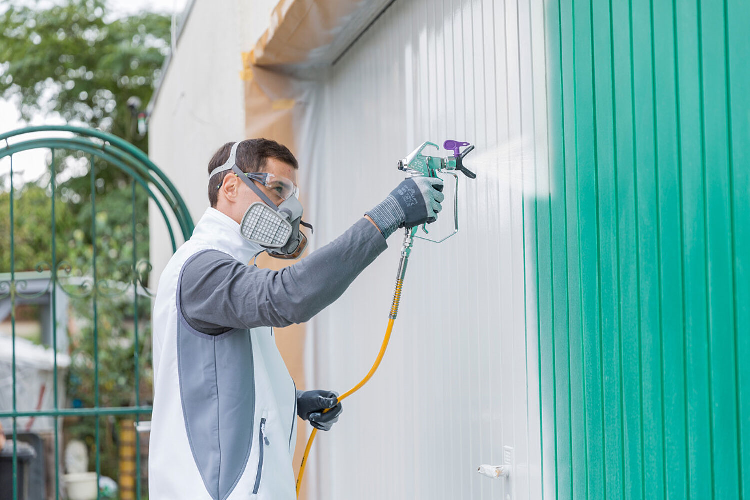Spray painting is a remarkable technique employed in diverse industries, from automotive refinishing to manufacturing and artistry. It enables precise and efficient application of paint, coatings, or finishes on surfaces. However, it is essential to understand the potential health risks associated with this practice. One of the most fundamental safety measures undertaken by professional spray painters is wearing masks/respirators. In this article, we delve into the reasons why spray painters wear masks and the significance of protecting their respiratory health.
Protection from Hazardous Chemicals:
Spray painting often involves the use of paints, solvents, and other chemical substances that emit volatile organic compounds (VOCs). These compounds can pose significant health hazards when inhaled, resulting in respiratory issues and long-term health problems. Masks act as a protective barrier, preventing the direct inhalation of these harmful chemicals.
Particulate Filtration:
Apart from VOCs, spray painters are also exposed to fine particulate matter, such as paint dust, mists, or aerosols, generated during the painting process. These particles, when inhaled, can irritate the respiratory system, leading to breathing difficulties, lung damage, or other respiratory disorders. Masks equipped with high-efficiency particulate air (HEPA) filters or similar technologies effectively trap and filter out these particles, reducing the risk of inhalation and associated health complications.
Preventing Irritation and Allergic Reactions:
Certain spray paints and coatings may contain ingredients that can cause skin and respiratory irritation or trigger allergic reactions in susceptible individuals. Wearing a mask creates a barrier that reduces direct contact between the painter's respiratory system and these potentially irritating substances, thereby minimising the risk of adverse health effects.
Mitigating Occupational Exposure:
Professional spray painters often work in enclosed or semi-enclosed spaces, such as spray booths or confined work areas. These environments can intensify the concentration of airborne contaminants, making it even more crucial to wear appropriate respiratory protection. Masks play a vital role in reducing the inhalation of hazardous substances and mitigating the risk of occupational exposure to toxic fumes or particulates.
Compliance with Regulations and Standards:
Occupational safety and health regulations and standards, established by government agencies or industry organisations, often mandate the use of personal protective equipment (PPE), including masks, in spray painting environments. Adhering to these guidelines ensures legal compliance and promotes a safe working environment, safeguarding the health and well-being of spray painters.
Masks for Spray Painting:
Due to all of the airborne particles, vapours and gases produced when paint spraying, a full-face or half-face respirator paired with suitable cartridges will be suitable. Both of these will protect your respiratory system, with the full-face type also providing eye protection. It is recommended that you wear a respirator when paint spraying regardless of the project scope, and especially if you are in a confined space.


